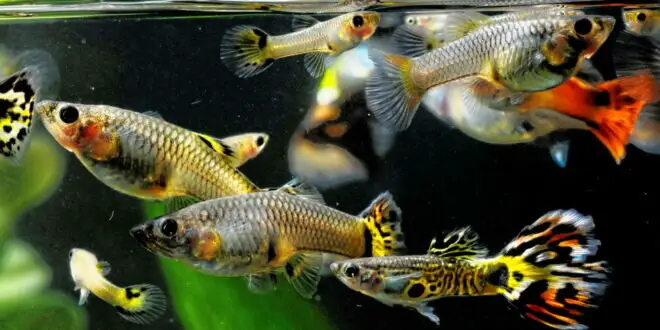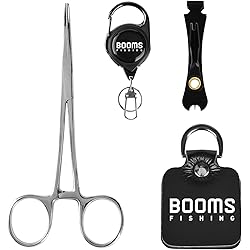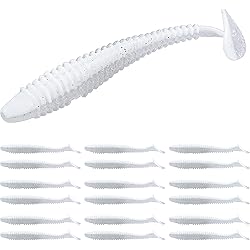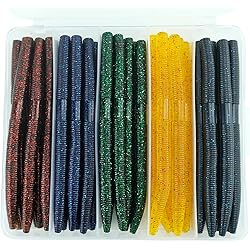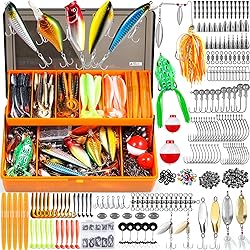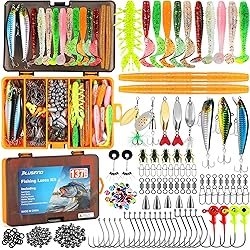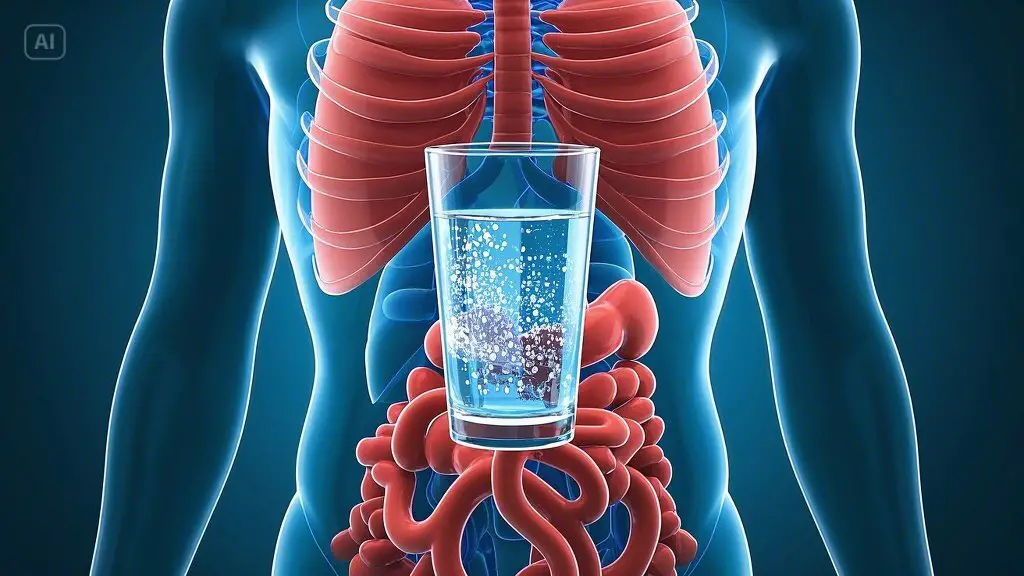Understanding Aquarium Maintenance Hello, and welcome to A Complete Guide to Happy and Healthy Tanks.
Regardless of your level of experience or desire to learn more about the world of aquariums,
This handbook is your key to creating and preserving healthy aquatic habitats.
From selecting the perfect tank and accessories to understanding the water’s chemistry and caring for a diverse range of fish and plants,
This comprehensive guide aims to equip you with the knowledge and skills necessary for success.

Getting Started
Understanding the Basics:
Examine the basic aquarium elements, such as the tanks, filters, lights, and substrates.
Tanks, which come in various sizes and designs to suit different species, make up the aquatic environment.
By eliminating waste and guaranteeing enough circulation, filters are critical for preserving the purity of water.
Lighting affects the ecosystem as a whole, promoting plant development and bringing forth the vivid hues of aquatic life.
Substances like sand or gravel produce natural substrates for plants and a home for good bacteria.
8-Gallon Aquarium with White LED Lights Modern Tank for Tabletop Display, White
Together, these elements form a harmonious ecosystem, promoting the well-being of aquatic organisms and fostering a visually captivating underwater world.
Choosing the Right Tank:
Consider the spatial constraints of your environment, ensuring the tank complements the available room while allowing ample movement for both aquatic life and yourself.
Research the specific needs of your chosen inhabitants, such as fish species and plant life, to determine the ideal tank size and shape.
Factor in filtration systems, lighting, and temperature control to create a conducive habitat.
Whether you’re nurturing a vibrant community of tropical fish or cultivating a serene aquatic garden, a well-chosen tank enhances the overall well-being of your aquatic residents.
By carefully matching your tank to the unique requirements of your aquatic ecosystem, you’ll foster a thriving and visually captivating underwater environment.
Essential Equipment:
A detailed overview of filtration systems, heaters, thermometers, and other essential equipment is paramount for maintaining optimal conditions in aquatic environments.
Filtration systems play a pivotal role in water quality by removing impurities and promoting a healthy ecosystem.
Heaters ensure a consistent temperature, vital for the well-being of aquatic inhabitants.
Thermometers aid in monitoring and adjusting temperature levels, preventing fluctuations that can stress aquatic life.
Additionally, other crucial equipment such as air pumps, lighting, and water testing kits contribute to a comprehensive setup.
Understanding the functions and interplay of these components is fundamental for creating a harmonious and thriving aquatic habitat.

Water Chemistry
The Nitrogen Cycle:
Explore the intricate dynamics of the nitrogen cycle, a pivotal process vital for sustaining a balanced and thriving aquarium ecosystem.
Delve into the biological intricacies of ammonia conversion by beneficial bacteria, the transformation of nitrites into nitrates, and the significant impact on water quality.
Understanding these fundamental processes is essential for aquarists seeking to create an optimal habitat for aquatic life.
By comprehending the nitrogen cycle’s nuances, enthusiasts can implement effective filtration systems and proper maintenance practices, ensuring a harmonious balance between nitrogen compounds.
Elevate your aquarium expertise as you navigate the delicate equilibrium of this essential ecological cycle.
pH and water hardness:
Understanding the significance of pH levels and water hardness is crucial for maintaining optimal conditions in various settings, from aquariums to industrial processes.
pH levels indicate the acidity or alkalinity of water, influencing chemical reactions and the well-being of aquatic life.
Managing pH ensures a stable environment for organisms.
Similarly, water hardness, determined by mineral content, impacts the effectiveness of detergents and the longevity of plumbing systems.
Regular monitoring and adjustment of these factors are essential for achieving optimal conditions, whether it be for aquatic ecosystems, industrial processes, or simply ensuring the efficiency of everyday activities involving water.
Testing and monitoring:
A guide to using water testing kits and monitoring tools is essential for maintaining optimal water quality.
These tools empower individuals to assess crucial parameters, such as pH levels, dissolved oxygen, and contaminant concentrations.
Regular testing ensures that water conditions align with recommended ranges for specific applications, whether for drinking water, aquaculture, or industrial processes.
By following the guidelines provided with the testing kits, users can interpret the results and take corrective action promptly.
8-Gallon Aquarium with White LED Lights Modern Tank for Tabletop Display, White
This proactive approach promotes environmental stewardship, safeguarding aquatic ecosystems, and human health.
Implementing these tools in routine water management contributes to sustainable practices and underscores the importance of responsible water resource utilization.

Setting Up Your Aquarium
Aquascaping:
Dive into the captivating world of aquascaping, where creativity meets nature in a harmonious underwater display.
Transform your aquarium into a mesmerizing aquatic landscape with a skillful blend of rocks, driftwood, and vibrant live plants.
Craft visually appealing layouts by strategically placing elements to mimic natural habitats, fostering a serene and balanced environment for aquatic life.
Experiment with textures, shapes, and colors to evoke a sense of underwater artistry.
Unleash your imagination and embrace the challenge of creating a living masterpiece that not only captivates the eye but also provides a thriving haven for aquatic flora and fauna.
Cycling Your Tank:
To initiate a successful aquarium cycle, start by adding a bacterial supplement containing beneficial bacteria to jumpstart the biological filtration.
Introduce a small number of hardy fish, as their waste will contribute to the ammonia necessary for bacterial growth.
Monitor water parameters regularly, aiming for stable levels of ammonia, nitrite, and nitrate.
Perform partial water changes to manage any spikes in toxins.
As the cycle progresses, the ammonia will be converted to nitrite and then nitrate by the bacteria.
Once stable nitrate levels are achieved, your aquarium is fully cycled, creating an ideal habitat for a diverse range of aquatic life.
Introducing Fish:
To guarantee a seamless integration of new fish into your tank, meticulous adherence to acclimation guidelines is paramount.
Initially, float the sealed bag containing the fish in the tank water to equalize the temperature. Gradually introduce small amounts of tank water into the bag, allowing the fish to adjust to the new environment without shock.
This process helps prevent stress-related health issues. After approximately 15-20 minutes, gently release the fish into the tank, ensuring a smooth transition.
Monitor behavior closely during the first few hours to identify signs of distress.
Maintaining stable water conditions and providing hiding spots further contribute to stress-free assimilation for your aquatic companions.
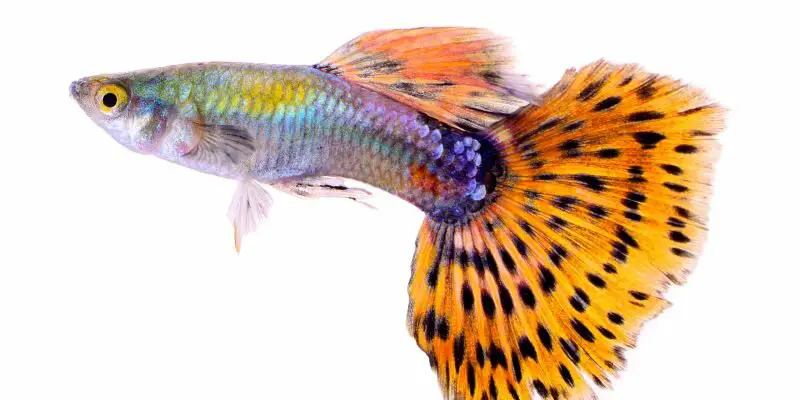
Care for Fish and Invertebrates
Fish Selection:
Explore the fascinating world of aquatic life by delving into the diverse array of species available for aquariums.
Understanding the compatibility between different fish is essential for creating a harmonious underwater environment.
Consider factors such as size, temperament, and water requirements when selecting the inhabitants of your aquarium.
This thoughtful approach ensures a thriving and balanced ecosystem within the confines of your tank.
Understanding Aquarium Maintenance
By learning about various species, their behaviors, and ideal conditions, you empower yourself to make informed choices that contribute to the well-being of your aquatic companions and the overall aesthetic appeal of your aquarium.
Invertebrates:
Caring for shrimp, snails, and other invertebrates involves maintaining a delicate ecological balance within an aquarium or aquatic environment.
Shrimp contribute to the ecosystem by serving as efficient scavengers, consuming debris and algae, promoting water clarity.
Snails play a crucial role in nutrient cycling, aiding in the breakdown of organic matter and preventing excessive algae growth.
The symbiotic relationship between these invertebrates and the environment is essential for a thriving aquatic system.
Regular monitoring of water parameters, providing appropriate habitats, and a well-balanced diet are key aspects of ensuring their welfare.
In essence, conscientious care of these invertebrates fosters a harmonious and sustainable aquatic ecosystem.
Disease Prevention:
To maintain a disease-free environment for your fish, regular water quality checks are essential.
Ensure proper filtration, monitor ammonia and nitrate levels, and conduct partial water changes.
Quarantine new fish before introducing them to the main tank to prevent the spread of potential diseases.
Observe your fish for any unusual behavior, such as lethargy, fin clamping, or changes in appetite.
Keep a keen eye on physical symptoms like discolored patches, lesions, or abnormal growths.
Swiftly address any signs of distress, as early intervention increases the chances of successful treatment.
Consulting with a knowledgeable veterinarian and staying informed about common fish diseases enhances your ability to provide optimal care.
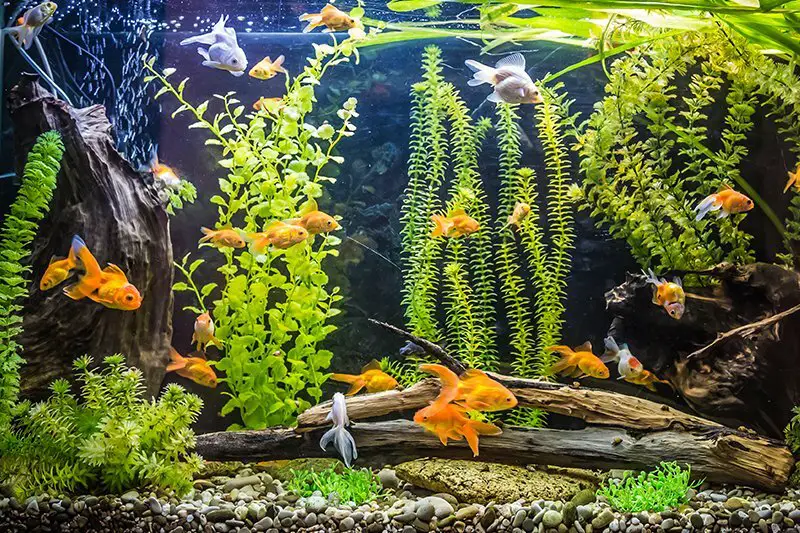
Plant Maintenance
Live Plants: Live plants in aquariums offer multifaceted advantages.
Firstly, they actively contribute to water quality by absorbing nitrates and other pollutants, creating a healthier environment for aquatic life.
Their lush greenery enhances the aesthetic appeal of the aquarium, mimicking a natural ecosystem and creating a visually pleasing underwater landscape.
Beyond aesthetics, live plants provide essential hiding spots for fish, reducing stress and promoting natural behaviors.
Additionally, these plants oxygenate the water through photosynthesis, fostering a balanced ecosystem.
Overall, incorporating live plants not only beautifies the aquarium but also contributes to the well-being and vitality of its inhabitants.
Planting and Maintenance:
Creating a thriving aquatic plant ecosystem involves careful consideration of several key factors.
Lighting requirements play a pivotal role in photosynthesis and growth; choose a suitable intensity and duration based on plant species.
6-Gallon Aquarium with White LED Lights Modern Tank for Tabletop Display
Selecting an appropriate substrate is crucial for nutrient absorption and root development; opt for nutrient-rich options like aquatic soil or gravel.
Fertilization is essential to supplement the naturally limited nutrients in water; utilize specialized aquatic plant fertilizers to ensure optimal growth.
Regular pruning and maintenance help control plant density and prevent overcrowding. By understanding these elements, enthusiasts can cultivate a vibrant and balanced aquatic environment for their plants to flourish.

Troubleshooting and Maintenance
Common Challenges: To address common aquatic challenges like algae outbreaks, cloudy water, and temperature fluctuations, implementing a multi-faceted approach is crucial.
Firstly, enhancing filtration systems helps mitigate algae proliferation and clarifies water.
Introducing algae-eating organisms, such as certain fish or snails, contributes to natural control.
Regular water testing and adjustments aid in stabilizing temperature fluctuations.
Employing UV sterilizers can also prove effective in controlling algae.
Additionally, strategic placement of shade or aquatic plants assists in preventing excessive sunlight and curbing algae growth.
By adopting these measures, a harmonious aquatic environment can be achieved, ensuring clarity, balanced temperatures, and a thriving ecosystem.
Routine Maintenance:
Establishing a regular maintenance routine for water changes, filter cleaning, and overall tank care is essential for maintaining a thriving aquarium ecosystem.
Regular water changes, typically 10–20% every two weeks, help remove accumulated waste and replenish essential nutrients.
Cleaning the filter ensures optimal functionality, preventing the buildup of debris that can compromise water quality.
Additionally, routine checks for equipment and water parameters contribute to a stable environment for aquatic life.
Consistency in these practices promotes a healthier, more balanced aquarium, reducing the risk of diseases and creating an aesthetically pleasing habitat for your aquatic companions.

Conclusion:
Mastering Aquarium Care is your go-to resource for achieving and maintaining a vibrant and thriving aquarium.
The guide covers essential topics such as water quality management, proper feeding techniques, and disease prevention.
With step-by-step instructions and valuable tips, you’ll confidently navigate the intricacies of aquarium maintenance.
From selecting compatible fish species to creating stunning aquascapes, this guide ensures your aquarium becomes a captivating centerpiece.
Embrace the joy of watching your aquatic world flourish, fostering not just an aesthetically pleasing environment but also a harmonious ecosystem.
Dive into the fascinating realm of fishkeeping with Mastering Aquarium Care and witness the rewards of a well-kept aquatic haven. Happy fishkeeping!
Hooked on Tech: Exploring the latest Fishing Gadgets that Anglers swear by.
In the realm of angling, where tradition and technology often converge, a new wave of fishing gadgets has emerged, transforming the way anglers approach their craft.
From advanced fish finders to smart bait systems, these innovations have not only revolutionized the fishing experience but have also garnered a loyal following among anglers worldwide.

